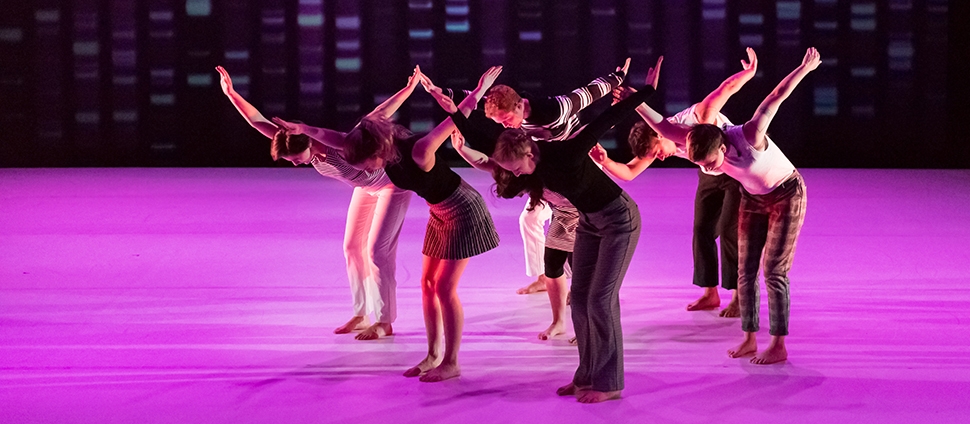Swans in Sugarcane Fields: Proletarian Ballet Dancers and the Cuban Revolution’s Industrious New Man
Document Type
Article
Publication Date
8-2017
Publication Title
Dance Research Journal
Abstract
In the 1960s, the initial decade of the Cuban Revolution, policies of proletarianization of culture intersected an economic model built upon the heroic labor of the New Man—the ideal revolutionary and communist worker. Adapting the practice of ballet to this Marxist context, ballet dancers took their art to the working classes through popular performances and outreach events in farms and factories. Given the centrality of manual work to the revolution's ideology, dancers drew upon their own physical labor both in ballet and agriculture to establish an even stronger association with the working classes and embody the New Man's morality. Known for their strict work ethic, Alicia Alonso and other ballet dancers became public examples of hard work for the nation—one way of fulfilling the politico-pedagogical role that the state expected from artists. At the same time, media representations of female dancers’ labor enabled formulations of the New Man's gendered counterpart: the New Woman.
Volume
49
Issue
2
First Page
4
Last Page
25
DOI
doi.org/10.1017/S0149767717000171
Creative Commons License

This work is licensed under a Creative Commons Attribution 4.0 International License.
Rights
Licensed to Smith College and distributed CC-BY under the Smith College Faculty Open Access Policy
Version
Author's Accepted Manuscript
Recommended Citation
Tomé, Lester, "Swans in Sugarcane Fields: Proletarian Ballet Dancers and the Cuban Revolution’s Industrious New Man" (2017). Dance: Faculty Publications, Smith College, Northampton, MA.
https://scholarworks.smith.edu/dan_facpubs/1


